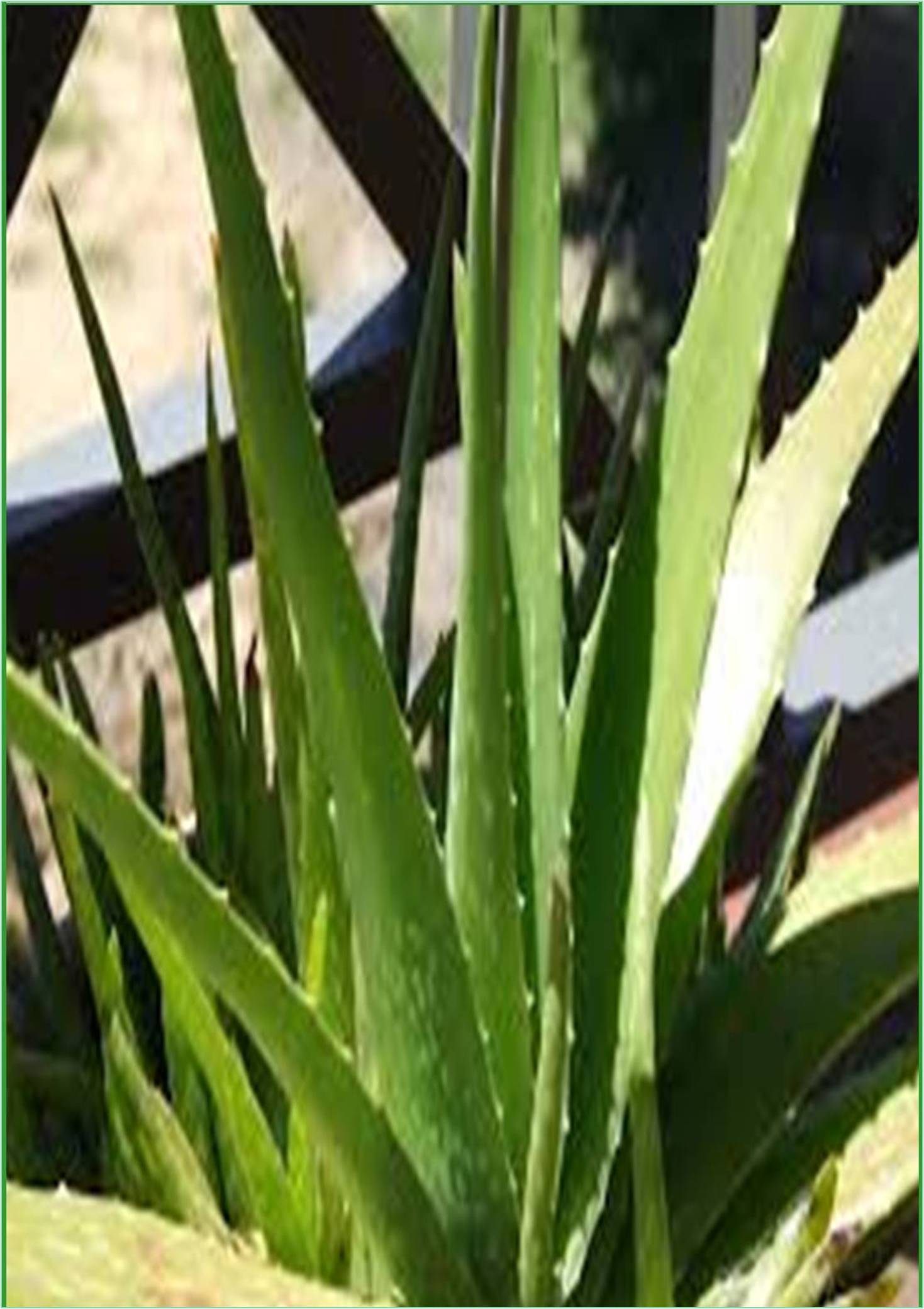



Received: 01-Jul-2022, Manuscript No. GJMPR-22-73895; Editor assigned: 04-Jul-2022, Pre QC No. GJMPR-22-73895 (PQ); Reviewed: 18-Jul-2022, QC No. GJMPR-22-73895; Revised: 25-Jul-2022, Manuscript No. GJMPR-22-73895 (R); Published: 02-Aug-2022, DOI: 10.15651/GJMPR.22.7.076
The usefulness of medicinal plants as a source of compounds with therapeutic potential has been established throughout history, and they continue to be a significant resource for the discovery of new drug leads today. The pharmaceutical industry has mostly employed libraries of synthetic chemicals as a source for medication development throughout the past few decades. They demonstrate high interoperability with established High Throughput Screening (HTS) technologies and are comparatively simple to create and replenish. Drug development from natural sources has recently attracted increased scientific interest due to a trend toward fewer new medications entering the market. A brief summary of historical evolution is given in this study, along with a thorough analysis of current methodologies and recent advancements pertinent to the identification of new plant-derived natural product drugs. The associated difficulties and key advantages of drug discovery based on natural products are critically explored. The sophisticated natural products generated from plants that are now enrolling for clinical trials are also briefly described. Importantly, the needs for compound quantities increase as natural chemical progresses from a “screening hit” to a “drug lead” to a “marketed drug” and these demands are frequently insufficiently satisfied by re-isolation from the relevant plant sources.
Natural items made from plants have been used as remedies by humans for thousands of years. A significant portion of contemporary drugs are likewise either from or composed of natural substances. However, because many of these chemicals are complicated and challenging to synthesize, rare, produced by undomesticated plants, and their synthesis is frequently impacted by weather conditions, their full potential has yet to be realized. Potentially, some of these issues could be resolved by growing plant cells in vitro from the appropriate plant species; however industrial-scale plant cell development also presents challenges. A crucial platform technology to support realizing the full potential of plant-based natural products may now be available by the separation and development of cambial meristematic cells stem cells, which typically build the plant vasculature.
Today, it is estimated that 25% of all prescribed medications come from plants. A staggering variety of natural substances that is not necessary for plant growth make up a substantial portion of the vast chemical diversity of the plant kingdom. Additionally, these so-called secondary metabolites are produced from a few numbers of fundamental chemical scaffolds, such as polyketides and terpenoid that are altered by particular kinds of chemical substitutions (for example, hydroxylation, acylation and prenylation). The majority of these secondary metabolites, nitrogen-containing alkaloids, have been used to produce medications with effects ranging from analgesics (morphine), antiparasitics (quinine), anticholinergics (atropine), and antineoplastics (cancer-fighting agents) (vinblastine). Terpenoids are also widely distributed and include the antiparasitic artemisinin, which is derived from an extract of the traditional Chinese herb Artemisinin annua and is a significant medication against malaria. Additionally, cardiac Na+ pump blocking glycosides from Digitalis species, as well as the antineoplastic paclitaxel (Taxol). These molecules and their related synthetic derivatives may function as medications better than arbitrarily synthesized chemicals created by combinatorial chemistry, according to the overrepresentation of plant-derived natural products in the modern pharmacopoeia. Accordingly, these natural products, as well as receptors, enzymes, and regulatory proteins, have evolved from shared evolutionary progenitors that most likely descended from a relatively small number of parental molecules. Such molecules would have likely been present in early life forms, which suggest that they may have co-evolved to interact. However, structural similarities from their shared past may help explain why; on average, natural products seem to comprise superior ligands for medically significant targets than arbitrarily synthesized compounds. Over time, their biological activities and molecular structures may have diverged. For instance, the chemicals lutein and zeaxanthin that shield the eyes from short-wave radiation also lessen the effects of reactive oxygen species on plant photosynthetic machinery. These carotenoids probably descended from a structural ancestor that served a prehistoric metabolic purpose.
Natural compounds originating from plants have long been and will continue to play a crucial role in the design, synthesis, and semi synthesis of innovative drugs for the treatment of human ailments. The period of modern medicine and therapeutics was ushered in by many of the medicinally significant plant-derived pharmaceuticals, and some of these chemicals, like morphine, have achieved the formal status of strategic materials. Despite these numerous significant past contributions from the plant kingdom, a large number of plant species have never been described and are still unknown to science. In addition, only a small number of plant species have undergone any systematic examination for the presence of biologically active chemical components.
Therefore, it is reasonable to anticipate that new plant sources of valuable and intriguing medicinal compounds will still be found and created. A major pharmaceutical company's recent investigation of a number of traditional Chinese herbal medicines used to treat cancer, cardiovascular diseases, and central nervous system disorders, as well as a collaborative programmer established by another pharmaceutical juggernaut to systematically investigate a representative sample of the tropical plants, are just two examples of the pharmaceutical industry's on-going interest in plant-derived medicines.